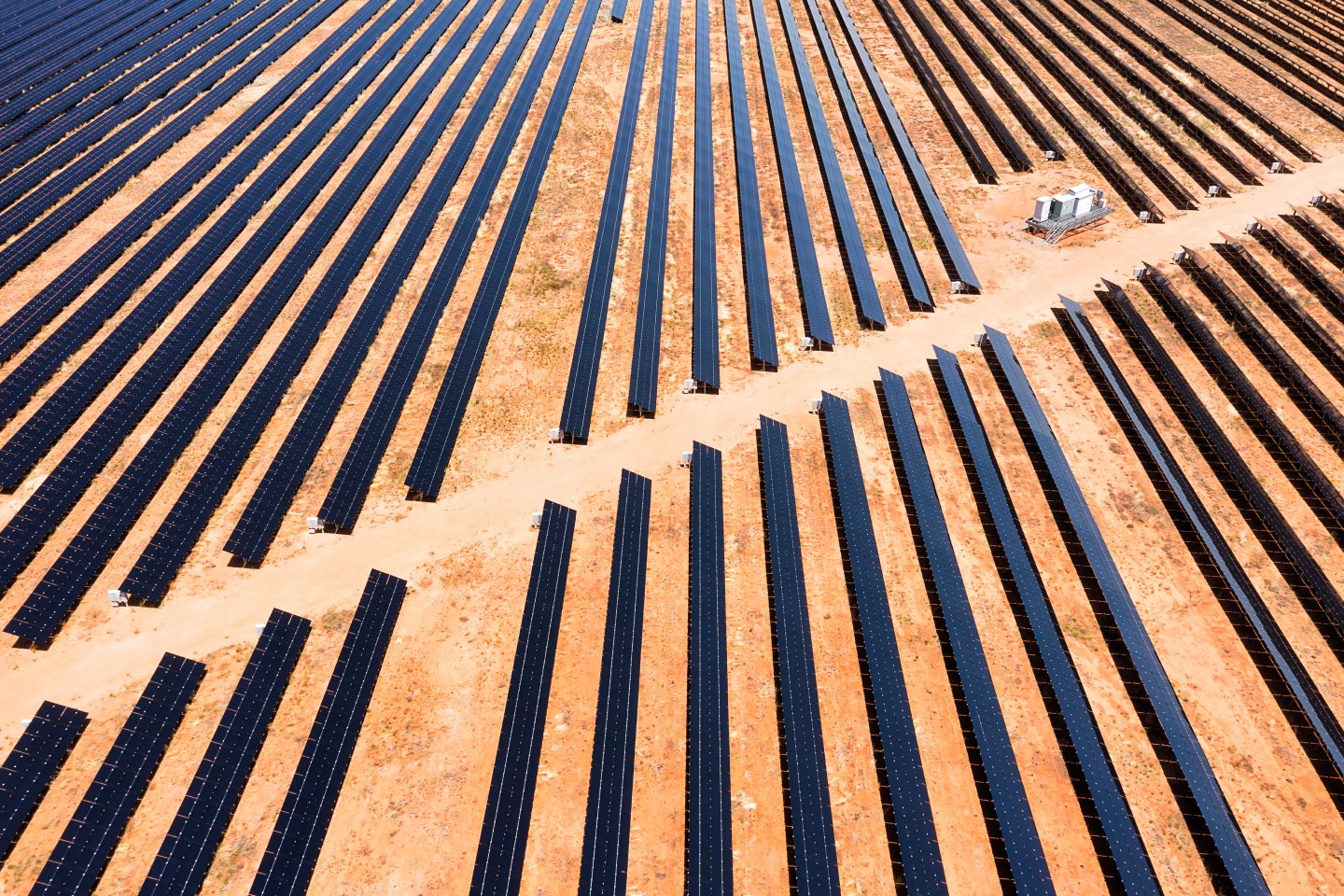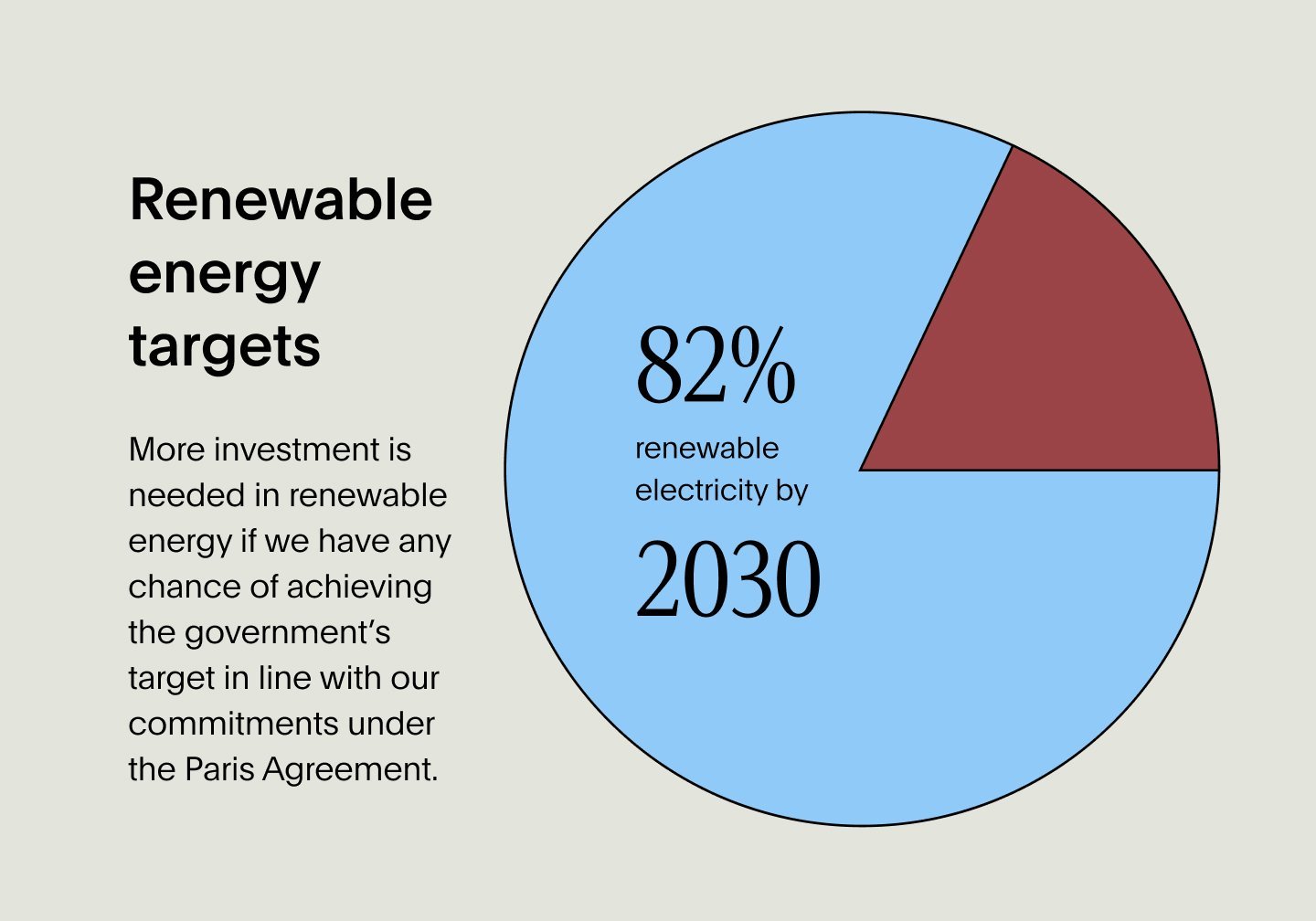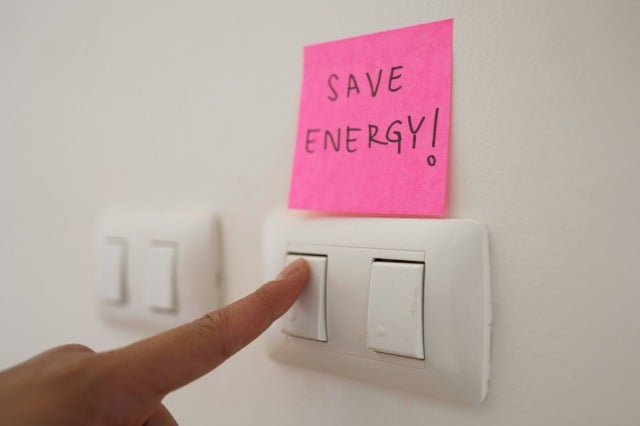Fossil fuels remain a large part of our energy system
This is the first in a series of three articles on fossil fuels. This one looks at the different sources of energy we use to power our grids. The next one will break down the larger sources of emissions across our economy, and the final article will look at ways we may be able to contribute to bringing emissions down.
No doubt about it, Australia’s electricity grid is going through a major transformation. But for us to turn on our lights at night, charge our phones, or blast our stereos, we still need fossil fuel-generated energy to be pumping through the system.
More than half of our electricity in the last year was powered by coal or gas – 63% in fact1 – which means the way we generate electricity to power our homes and our lives is still very emissions intensive.
What’s probably most interesting about how we generate electricity is how quickly it’s all about to change.
Let’s dig into the data to find out how.
Generating electricity is the number one source of emissions in Australia, and indeed in most of the world. It beats other major sources of emissions, like transportation, agriculture and waste2.
It’s coal that still powers most of our grid.

The emissions produced from burning coal and gas to produce electricity for the grid accounted for a bit over 32% of all emissions in Australia in the year to September last year, according to the Australian Government’s Department of Climate Change, Energy, the Environment and Water3.
Next to electricity production for the grid, what’s called ‘stationary energy’ – on-site energy used for activities like construction and mining– is the next largest contributor to emissions (22.3%), followed by transportation (21%), Agriculture (18%) and fugitive emissions (10%), which are the emissions that leak out through the process of digging up and transporting fossil fuels.
Renewables replacing fossil fuel energy
The more renewable energy we introduce into our electricity grids, the less reliance we have of fossil fuels and the more emissions come down. The evidence tells us that renewable energy is cheaper and is bringing our cost of energy down too4.
The government is onto this – the recent Federal Budget handed down in May carved out massive investment in critical minerals, green hydrogen as well as green metals, batteries and low carbon fuels to accelerate the transition to net zero as part of its so-called ‘Future Made in Australia’ plan.
More than $20 billion over the next decade will go towards projects and incentives to get more renewable energy generation and clean dispatchable capacity into our homes.

How are we doing so far?
In the year to September 2023 the energy sector recorded a close to 4.9% decrease in emissions, a direct result of decreases in gas (28%) and coal (4%)5. During this time Australia’s National Energy Market (NEM) measured a 15% increase in renewable energy generation.
The NEM Australia’s largest energy market covering the east coast of the country including Queensland, NSW, Victoria, the ACT and South Australia. Tasmania, Western Australia and the NT have their own much smaller energy markets.
Emissions from generating electricity have actually decreased 24.5% since June 2005. After decades of strong growth, emissions peaked in 2009 and have steadily fallen since.
It’s rooftop solar as well as grid-scale solar and wind that’s replacing fossil fuel energy generation. This is happening gradually as more capital finds its way to fund these projects, and battery technology gets stronger and lasts longer so energy can be stored and deployed when and where it’s needed the most.
Grids still use fossil fuel energy, particularly at times of peak demand when renewable energy from the sun or wind might be scarce.
Investing in renewable energy
For our part, we are seeking out investments in renewable energy generation and innovation that will accelerate the proportion of renewables powering our grids. We do this in part because we think renewable energy is the most cost-effective way to deliver energy and because we believe it is good for long term investment returns. We are also guided to renewable energy by our Ethical Charter because it helps reduce emissions.
Also, more investment is needed in renewable energy if we have any chance of achieving the government’s target of 82% renewable electricity by 2030, and meet our commitment under the Paris Agreement6.

Our latest investments in battery innovation and solar farms through our Infrastructure Debt Fund is an example of this, but there are plenty of other ways we’re investing in renewable energy and technology, including in metals positively exposed to the transition like lithium through the likes of ASX-listed Pilbara Minerals, as well as investments in copper. We are invested in supporting innovation in renewable energy through our venture capital and private equity investments too.
We exclude investment in companies whose main business is fossil fuels – extracting coal, oil and gas. We exclude companies like Woodside, Whitehaven Coal, Santos, Origin and AGL because of their fossil fuel revenue.
We may invest in companies that pass our ethical screening if their revenues are mostly derived mostly from renewable energy generation with a small proportion from fossil fuels. Contact Energy is an example of a company we invest in which generates over 85% of its electricity from renewables and continue to invest in new geothermal energy for firming to phase out the use of gas-fired generation.
Fossil fuels still play a significant role in generating electricity to power our homes today, which accounts for a good chunk of the emissions we are trying so hard to reduce for the good of our planet.
The more we can use our capital and influence to bring renewables onto the grid, the quicker we may contribute to phasing out fossil fuels and bringing emissions associated with our energy usage down.
Discover more about our vision to create a better world where money is a force for good here.
1 https://www.dcceew.gov.au/sites/default/files/documents/nggi-quarterly-update-sept-2023.pdf
2 https://ourworldindata.org/emissions-by-sector
3 https://www.dcceew.gov.au/sites/default/files/documents/nggi-quarterly-update-sept-2023.pdf
4 The latest report from the largest electricity market in the country shows that renewable energy has been driving wholesale energy prices down, even while higher temperatures have pushed up demand for electricity.
5 https://www.dcceew.gov.au/sites/default/files/documents/nggi-quarterly-update-sept-2023.pdf
^ This is general information only and does not take account of your individual investment objectives, financial situation or needs. Before acting on it, consider its appropriateness to your circumstances and read the Financial Services Guide (FSG), Product Disclosure Statement (PDS), and Target Market Determination (TMD) available on our website for information on the benefits and risks of our Funds. You should consider seeking advice from an authorised financial adviser before making an investment decision.





